Best Sitar
Top 5 Best Sitar | Apr 2024
Reviews, Comparison and Buying Guide

What is Sitar?
The Sitar is a plucked stringed instrument, originating from the Indian subcontinent, used in Hindustani classical music. The instrument was invented in medieval India and flourished in the 16th and 17th centuries and arrived at its present form in 18th-century India.
Used widely throughout the Indian subcontinent, the sitar became popularly known in the wider world through the works of Ravi Shankar, beginning in the late 1950s and early 1960s. In the 1960s, a short-lived trend arose for the use of the sitar in Western popular music, with the instrument appearing on tracks by bands such as The Beatles, The Doors, The Rolling Stones and others.
Why Sitar
If you have recently made a choice to learn and start playing a string instrument like sitar then you have made a choice that will benefit you for the rest of your life. The art of learning and playing a string instrument enriches your physical and mental well-being.
Best Sitar | Buying Guide : Things to consider while buying a Sitar
Many things go into making a good sitar. The quality of the materials: the wood for the face and neck, the gourd for the body and the bone for the bridge are all important. More important is the skill with which they are all put together. Most of the best instrument makers are small, family operations. The knowledge and tricks of the trade are passed from generation to generation or a few chosen workers. (We see this with sarodes, too. Many craftsmen try to make copies of a Hemen sarode, but none sound like a Hemen sarode.) You will pay more for a sitar from a well-known maker. Yet you are assured of a certain quality and resale value.
Wood
Check the sitar is really made of tun or teak wood; even though it is rare to find teak wood sitars in shops you can recognize it for its accentuated streaks.
This is a very important aspect. A sitar made of a low quality wood will probably not resist the change of pressure in your flight back home, and in case it would, its life would not be long.
Tabli
It has to be of a minimum thickness. We usually find sitars which tablis are too slim when travelling through India. The reason why this is done is because a thin tabli helps the sound ‘s volume being higher easily, confusing us at first.
A good sitar wants time to get its sound, it wants to be played. A sitar which tabli is too thin will not last long, while a sitar with a thick tabli assures it will have a long life.
Knock the tabli with your knuckles to check the wood’s thickness.
String response
The answer of the taraf strings is important but is not the main aspect to focus in as the taraf strings’ response will be got with time, be patient.
Attention to the following trick: Some shops and makers use thicker strings (#02), instead of the strings traditionally required (#00). Doing this, they will get a higher response since the begining by the taraf strings, but the pressure done to the sitar by that kind of strings is lethal and it can broke the tumba or crash the wood.
Pullings
Not to get 4 notes minimum by each pulling is a good reason not to buy that sitar, as it means it hasn’t been properly or accurately built.
Do absolutely not buy a sitar with this minimum of notes per pulling.
Frets
In the chromatic scale, playing note by note, check each fret. Check the sound of each note and check that when pulling the string do not touch the fret, affecting the sound.
If when playing a note the string touches the next frest and thus cuts its sound, it also means there’s something wrong in the instrument.
Tumba
The tumba must look good, being round and smooth and in harmony with the whole sitar. Do not buy a sitar which tumba is too big or distorted.
It is also important to exhaustively check the tumba’s painting. If you notice different tonalities or small protuberances be careful: could mean it was a broken tumba that has been repaired
Pegs
Check the pegs one by one. When turning them to tune the sitar they should stay in the same position. If it doesn’t keep its position and the string goes out of tune, take it out and look for what’s wrong.
Neck
A sitar’s neck does not have to be straight and completely perpendicular to the body. When joining it to the tumba it is softly twisted up, to the peg’s side. Do also check that.
Distance between the strings
The strings shouldn’t be not to close not to separated between them. The distance between the strings is not correct sometimes when there’s a mistake at the main or the upper bridge.
A wrong position of the strings would prevent us playing properly.
Check also the main string not to be too elevated. Between the main string and the last fret, the closest to the bridge, there should be 8-12mm distance.
Weight
Normally a sitar shouldn’t be nor too heavy not too light. This aspect is difficult to check without having had previous contact with a good sitar to compare with.
We recommend to check several shops to get an approximate idea of the correct weight.
Finish
A solid appearance is a must for the sitar we choose.
All joints must look resistant, well glued and without any crack or damage.
Look at the joint of the tabli to the tumba: it has to fit perfectly without overhanging.
Pay special attention to the joint of neck and tumba. Check they are perfectly united, being safe and resistant. Mistakes in this point are common.
Aesthetics
Sometimes the appearance tells about the instrument’s quality, but don’t mislead at first sight and priorize the previously mentioned aspects.
Pay special attention to the painting and varnishing, check the are correctly done and correctly dried (according to the time needed).
Top 5 Best Sitar – [Updated and Highly Recommended]
1.
Bestseller # 1
SG Musical Sitar, single tumba, munda sitar, villayat khan style, dark mahogany- Fine-tuning beads/duck made with Camel Bone
- Handmade, Camel Bone Bridges
- SINGLE Toomba (One Main Gourd Toomba)
- Tasteful Celluloid Inlay Work
- Beautiful Mother of Pearl Work
Fully Tuned, Professional Quality Sitar with Magnificent Acoustic Sound Made with thoroughy-dried Tun Wood Dark Mahogany Finish Steel, Bronze & Brass Strings Kharaj Pancham: 7 Main & 12 Sympathetic Strings Carved Wooden Tuning Pegs Beautiful Mother of Pearl Work Tasteful Celluloid Inlay Work SINGLE Toomba (One Main Gourd Toomba) Handmade, Camel Bone Bridges Fine-tuning beads/duck made with Camel Bone Includes Mizrabs, Extra Set of Strings
Features / Reviews
Handmade, Camel Bone Bridges
Fine-tuning beads/duck made with Camel Bone
2.
Bestseller # 1
Pal music house - Hand Made Sitar Best Designing Quality With Bag 7 Main Strings and 13 Sympathetic strings- Single toomba - One is Main Gourd Toomba
- Sitar Dimensions: Length 49-51 Inches approx
- Weight - 3-4 kg approx Color of product will be vary due to handemade -instrument
Kharaj Pancham Style 7 Main Strings and 13 Sympathetic strings Camel Bone Bridges – Fine-Tuning Beads/Duck Made with Camel BoneMade with Tun Wood Handcrafted Tasteful Inlay Work Natural Color Single toomba – One is Main Gourd Toomba. Sitar Dimensions: Length 49-51 Inches approx Weight: 3-4 kg approx Color of product will be vary due to handemade – instrument .
Features / Reviews
7 Main Strings and 13 Sympathetic strings
Fine-Tuning Beads/Duck Made with Camel Bone
Made with Tun Wood Handcrafted
3.
Bestseller # 1
IMPI SITAR,highly professional concert quality Pt. Ravi Shankar style double sided tumba with fiber box- Made In India
- HAND MADE
- VERY GOOD TONAL QUALITY
- STANDARD SIZE
- Professional Quality concert sitar
SITAR,highly professional concert quality amazing sounding ,Ravi Shankar style khraj puncham, hande made high grade well seasoned tun wood, double tumba extra resonator with fiber box inbuilt wheel trolley. 1 full extra strings set 10 mizrab. learn to play CD or book. special solid thick strong bone bridges for long last jawari sound work easy tun able,stay in tuned long last, soft and easy playable, sympathetic string very good support and long sustenance sound carefully check everything before sending, note ; if buyer have any choice of the sound like open sound jawari or gol jawari or closed jawari they can write to us we will do free of this work. mostly sitar bridges is made by empty bone, and empty bone is very soft and cut very faster with the strings and lost the sound, that’s why we use solid bone for long lasting jawari and best sound. this sitar totally hand made, and we work mostly professional musicians. our sitar long sustenance sound of all frets, and very important about lower frets sound and middle and high frets sound is totally balancing sound. mostly seller sitars lower middle and higher frets sound totally dis balance and create somewhere open and somewhere closed sound newer play balancing sound. important to know; in the market mostly sitar sellers don’t know anything about what is good sitar, how should sitar sound, how distance between frets and the strings. and bridge settings is good or note, bridges are properly sited on the body exactly or not, these works is very important otherwise sitar always un tune when play meend notes means starching string also very important about neck, mostly factory made sitar neck become band very soon, if the neck band then the musicians can’t fix or can not adjust because sitar have no inbuilt any trust rode, that’s why when we make sitar we are so careful about all these works.
Features / Reviews
Highly professional concert quality amazing sounding
Double tumba extra resonator with fiber box inbuilt wheel trolley
Special solid thick strong bone bridges for long last jawari sound
Sitar, original toon wood sweet sound good jawari best strings stander size, with bag and extra mizrab
Features / Reviews
Ideal for beginners and experts
Value for money
Produces soothing sound
5.
Bestseller # 1
SG Musical Sardar Pro Sitar With Gig Bag- Includes Gig-bag, Strings, Mizrab & Tutorial
- Masterfully Handcrafted in India
- 7-String Model - Shankar Style
- Professional Sitar by Sardar
- Traditional Double Toomba
Item overall: 48″ L x 12″ H x 14″ W Body/Bowl: 10.5″ L x 11″ H x 14″ W Nut: 4.5 Inches Neck at Nut: 3.5″ W Neck at Body Joint: 3.75″ W String at the Nut: 1.5″ W Strings at Bridge: 1.5″ W Scale Length: 34″
Features / Reviews
7-String Model – Shankar Style
Traditional Double Toomba
Includes Gig-bag, Strings, Mizrab & Tutorial
Benefits of Sitar
Can you imagine living your life without music? It would be very hard to do so, as music has been hard-wired into our very existence as human beings. While everyone enjoys listening to good music, not many of us are what the world calls ‘musicians’- the ones with the ability to play a Sitar. This could be due to not having the opportunity to learn as kids or simply due to lack of inclination or proper instruction. However, music is something that is never too late to learn. And here are 10 good reasons as to why everyone should learn to play a Sitar.
Relieves stress
Researchers studying the benefits of music have reported that playing a Sitar on a regular basis can help bring down stress. Studies show that playing an instrument helps in lowering the heart rate and blood pressure, which in turn lowers the stress hormone cortisol, thus making us feel relaxed. While just listening to music also helps, learning to play an instrument brings with it a comforting routine of daily practice that helps in keeping the stress hormones away. Michael Jolkovski, a psychologist who specializes in musicians, feels that music also helps in bringing down stress by helping people connect with others. “It (music) can satisfy the need to unwind from the worries of life, but unlike the other things people often use for this purpose, such as excessive eating, drinking, or TV or aimless web browsing, it makes people more alive and connected with one another.”
Makes you smarter
People who have received a music education are generally smarter than their non-musical counterparts are. Extensive research done in this area has proved that children who learn to play a Sitar do better in academics. Shaw, Rauscher, Levine, Wright, Dennis and Newcomb, in their research paper titled Music Training Causes Long-Term Enhancement Of Preschool Children’s Spatial-Temporal Reasoning, speak about, “a research team exploring the link between music and intelligence reported that music training is far superior to computer instruction in dramatically enhancing children’s abstract reasoning skills, the skills necessary for learning math and science.”
Improves your social life
Music helps you connect. Learning an instrument enlarges your social circle since you get to meet more people than you usually would. In children, music can help develop social skills.
Helps build confidence
Choosing to take music lessons can help build confidence. Once you are aware that you are able to do something well, like play the flute for instance, you naturally become more confident of your skills. Learning to play an instrument can help both children and adults who face confidence issues.
Teaches patience
Music teachers feel that music can help teach patience. In a world of instant gratification, learning to play an instrument is not something that can happen overnight. It is the daily effort of everyday practice that can help a musician learn how to play without mistakes. This is turn develops patience. Most musicians go through years of regular practice that includes daily musical exercises and the tackling of progressively difficult musical pieces, which in turn helps them conquer the virtue of patience.
Fosters creativity
Stuck in everyday routine lives, many of us lose touch with our creative side. Learning to play a Sitar, especially when you reach advanced levels, can foster that lost creativity. Since music education plays on your mental, emotional and cognitive abilities, the brain is stimulated to think out of the ordinary, which results in improved creativity.
Improves memory
Music and memory go hand in hand. Learning to play a Sitar makes you use both parts of your brain and this in turn boosts memory power. Music education is also linked to higher IQ levels and the physical development of certain parts of the brain.
Develops discipline
Music requires dedication and regular practice. Allotting a specific amount of time to practice music daily develops discipline in the learner. This can prove to be extremely advantageous in children.
Gives you a sense of achievement
Learning to play a Sitar gives you an immense sense of achievement. This feeling of satisfaction leads to a tremendous sense of self-achievement that can help you accomplish more in other areas of your life.
Playing a Sitar is fun
Lastly, learning to play a Sitar is fun. Playing a Sitar can bring back the fun factor into your life. Music has the special quality to bring joy, peace and fulfillment that helps lift the spirit and make life enjoyable for everyone involved.
Conclusion
These have been some advises for buying a sitar. We sincerely add that it is quite difficult to get a good instrument with no experience and we remind you one more time the instruments’ quality is guaranteed usually by the liability and relationship established between buyer and instrument maker.
We do not pretend to discourage but to warn you by this; carefully check every sitar and remember all the previous advises, you might be lucky and come back from India with your perfect instrument.
And our last advise is: give priority to what you believe in, make your own decisions and believe in them.














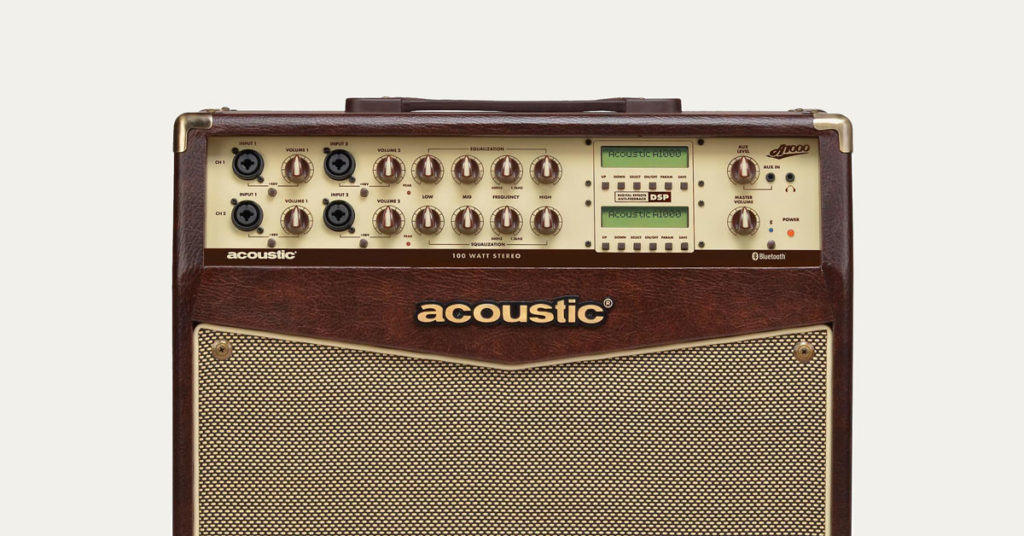





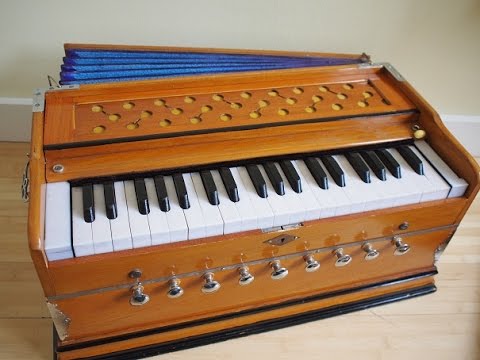




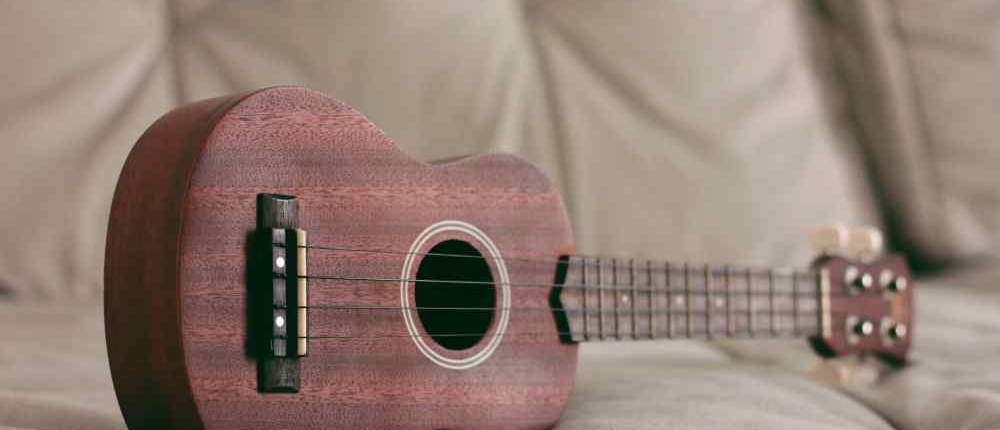

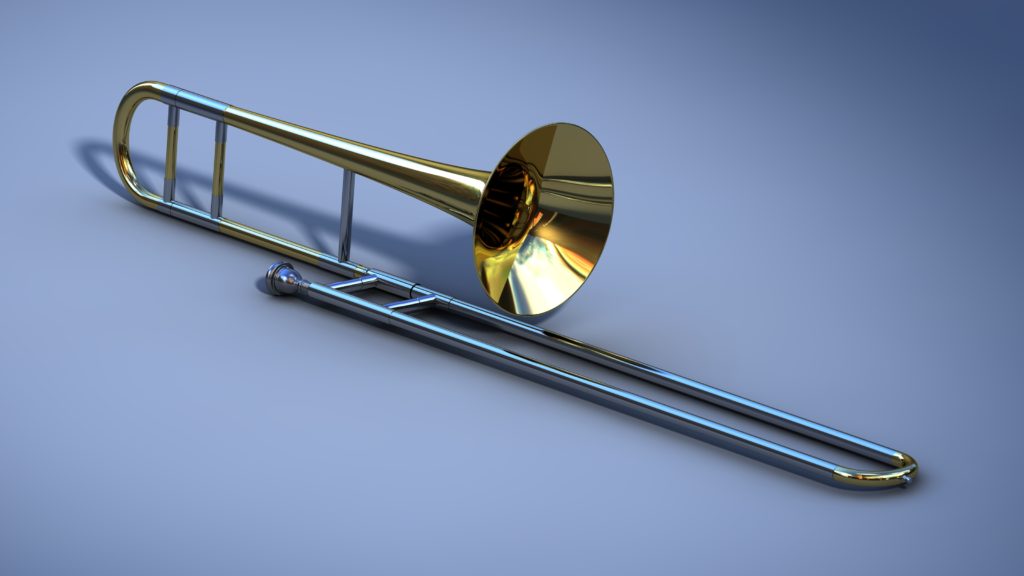




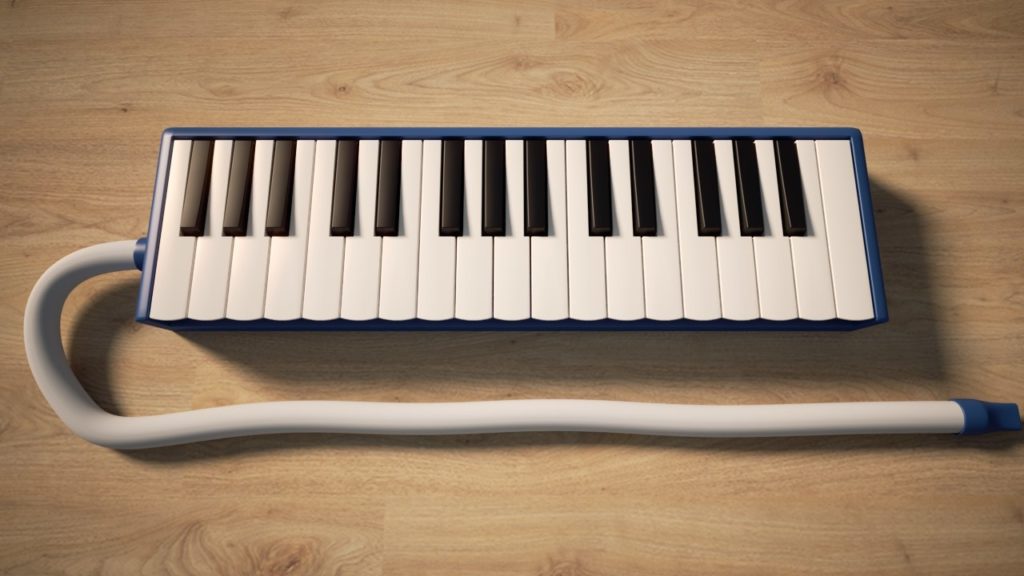






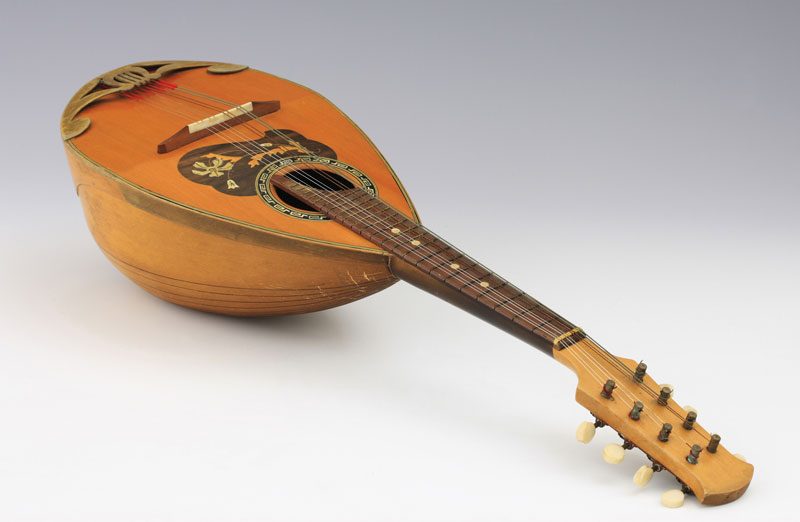


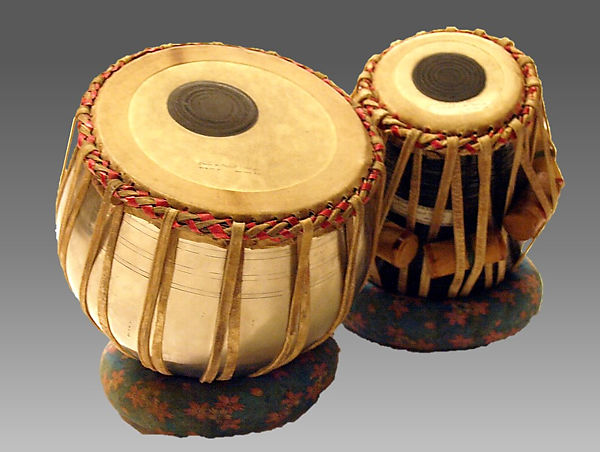

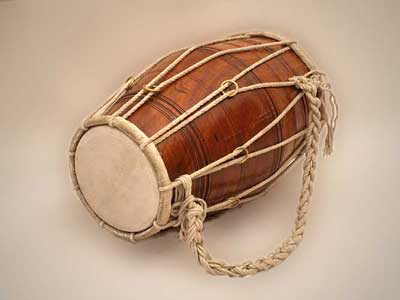

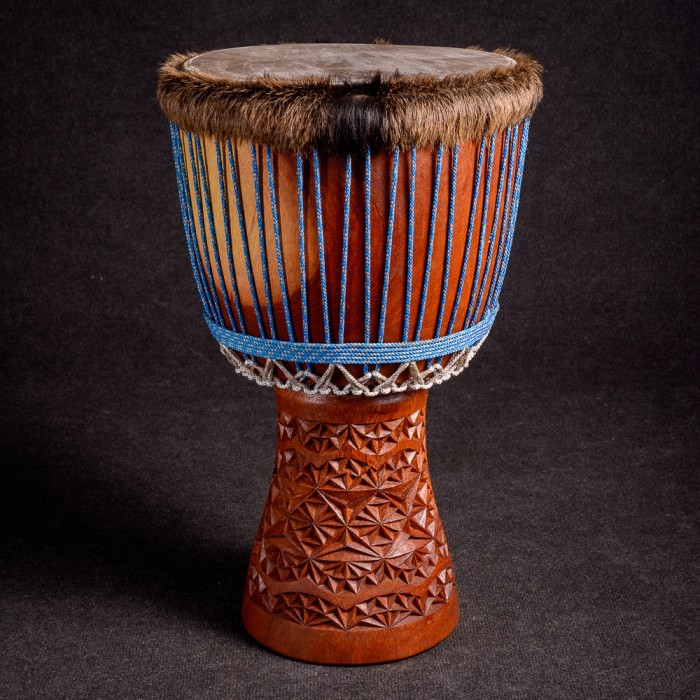

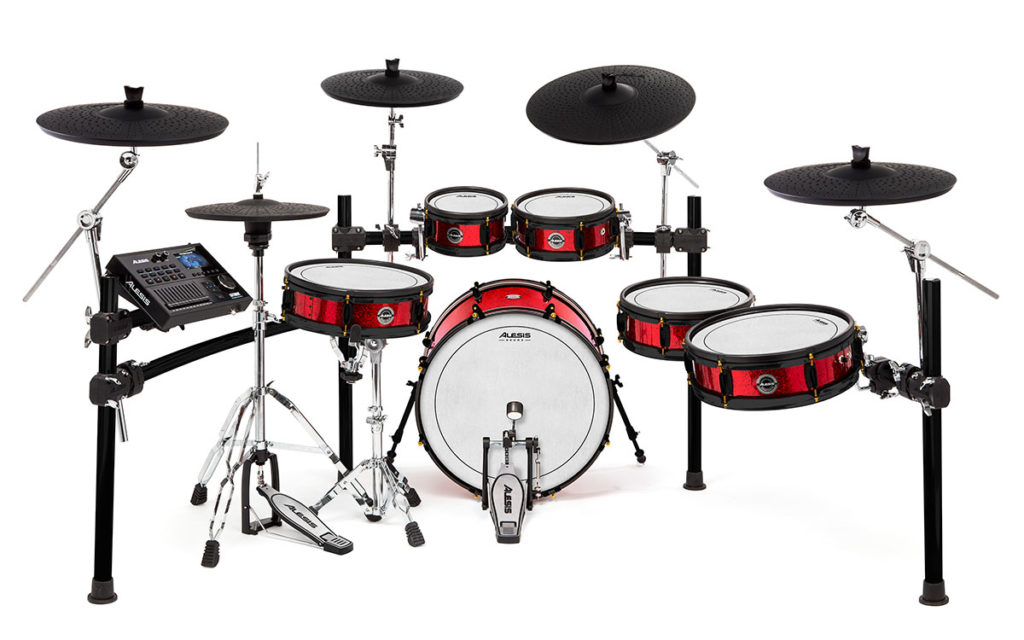

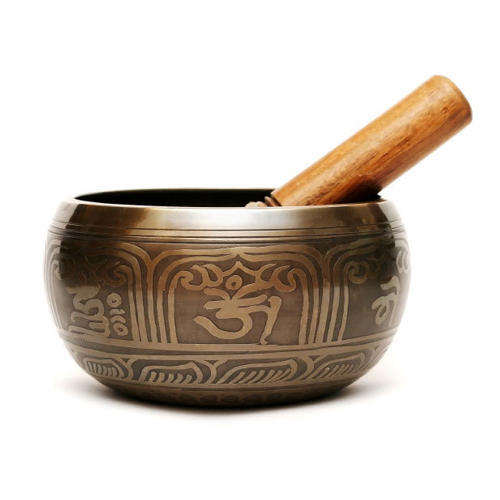

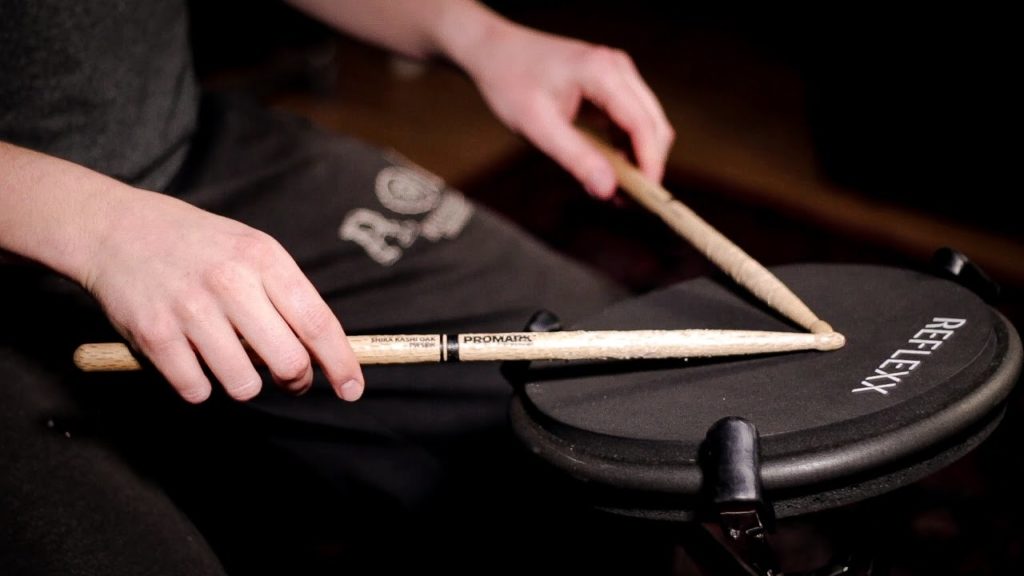


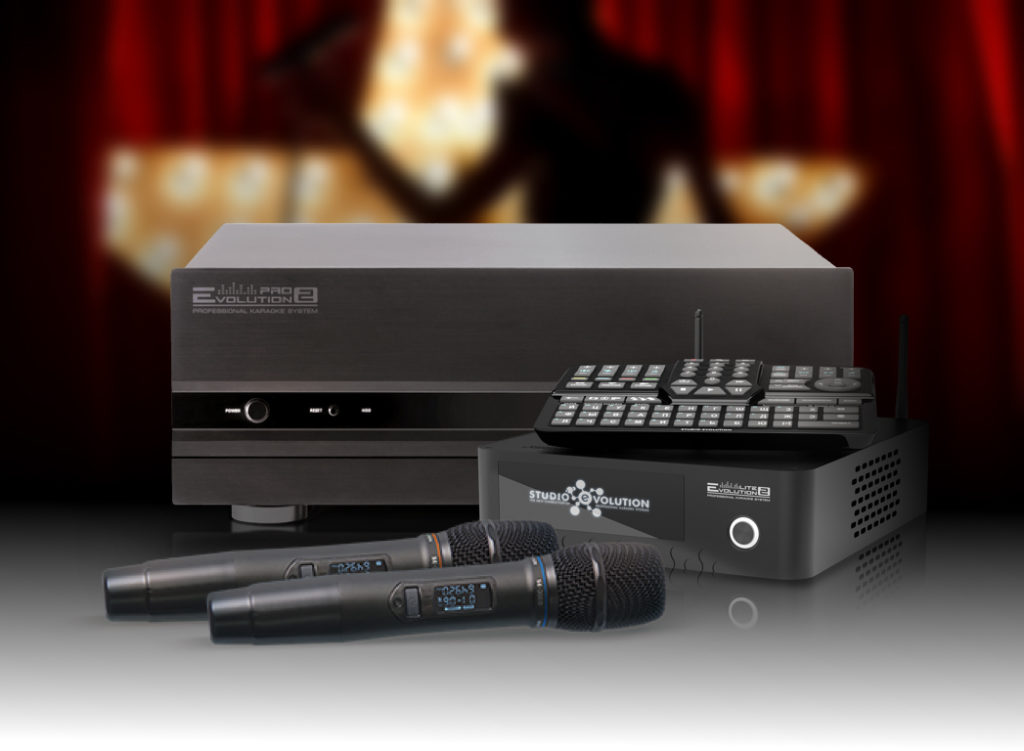





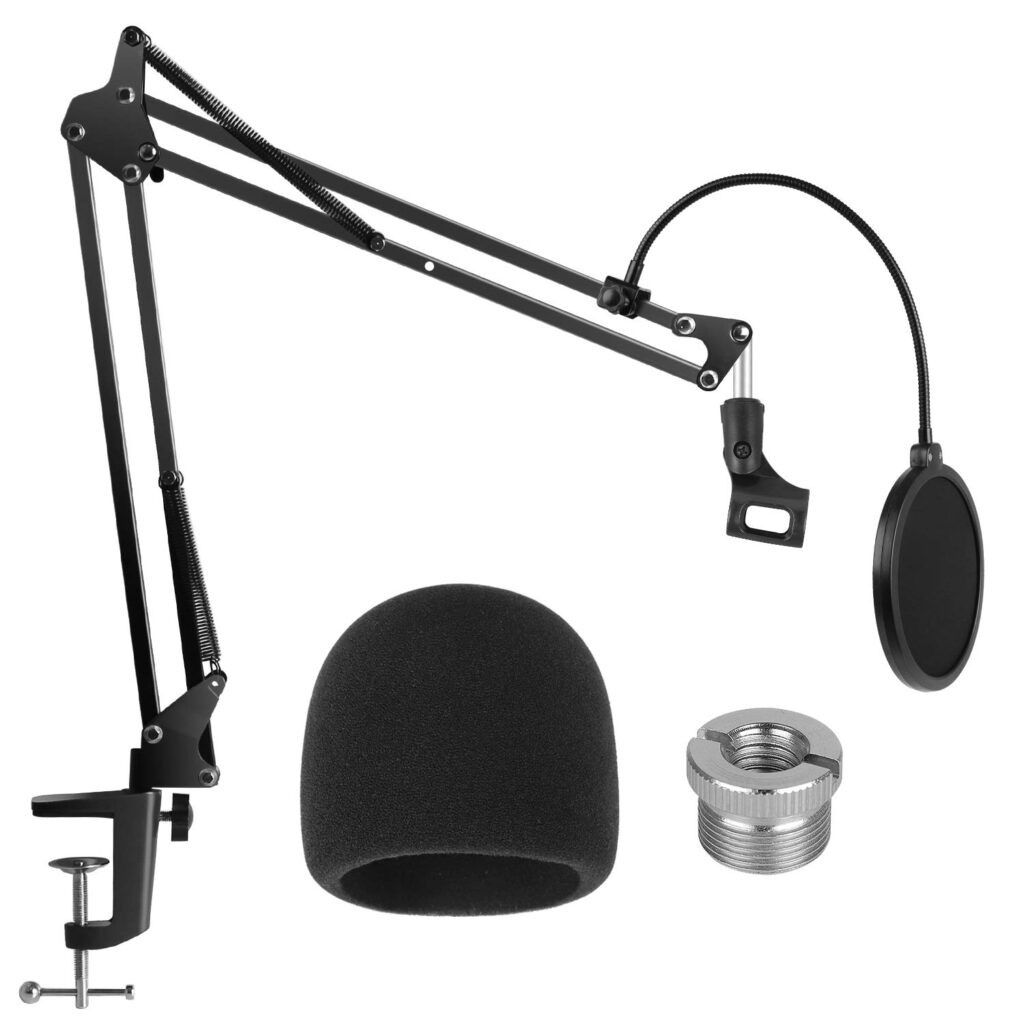








Maxine
July 29, 2020 at 2:13 amIt is the best time to make a few plans for the future and it is time to be happy.
I’ve learn this submit and if I may I wish to suggest you few
fascinating issues or tips. Perhaps you can write next articles relating to this article.
I want to read even more things approximately it! Hello!
I’ve been following your blog for a long time now and
finally got the courage to go ahead and give you a shout out from
Porter Tx! Just wanted to say keep up the good work!
I will right away clutch your rss feed as I can not find your
e-mail subscription hyperlink or e-newsletter service.
Do you’ve any? Kindly allow me recognise in order that I could subscribe.
Thanks. http://newground.com/
Also visit my page: Frank